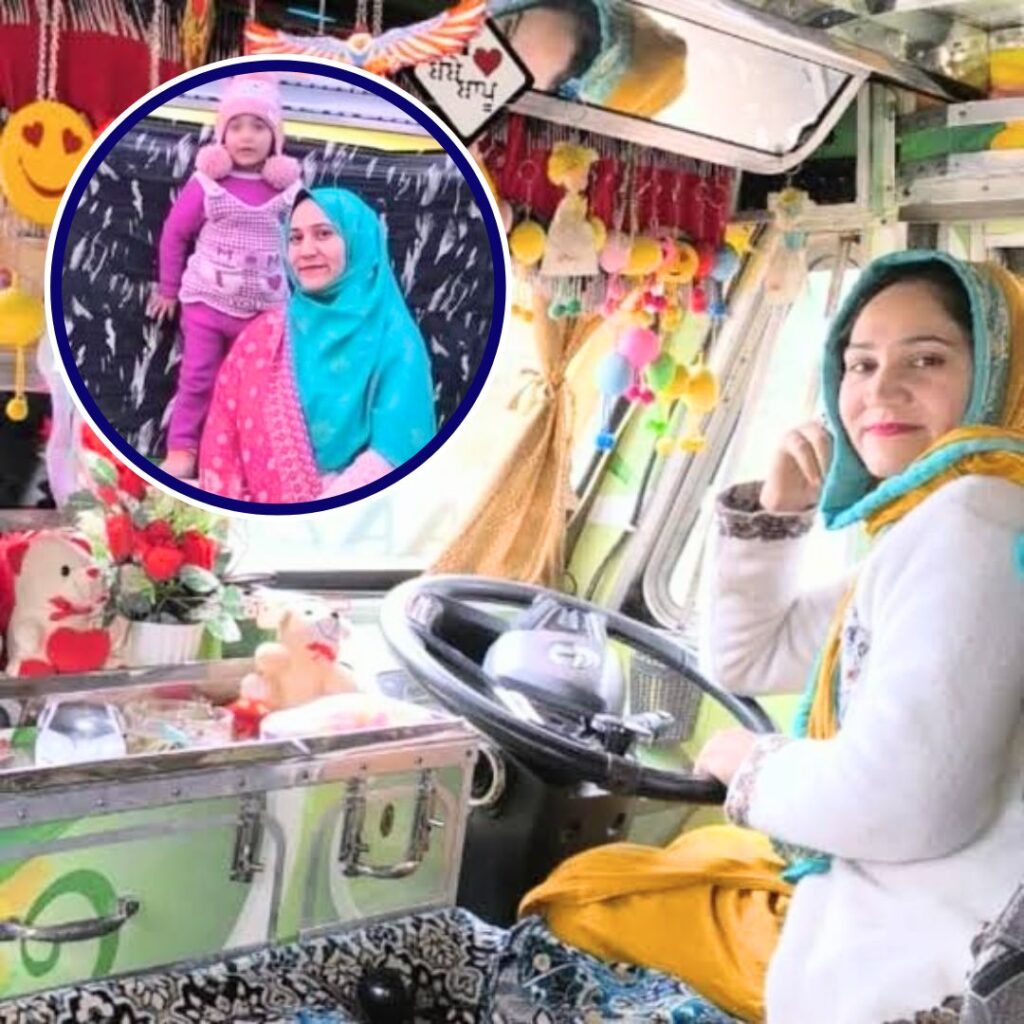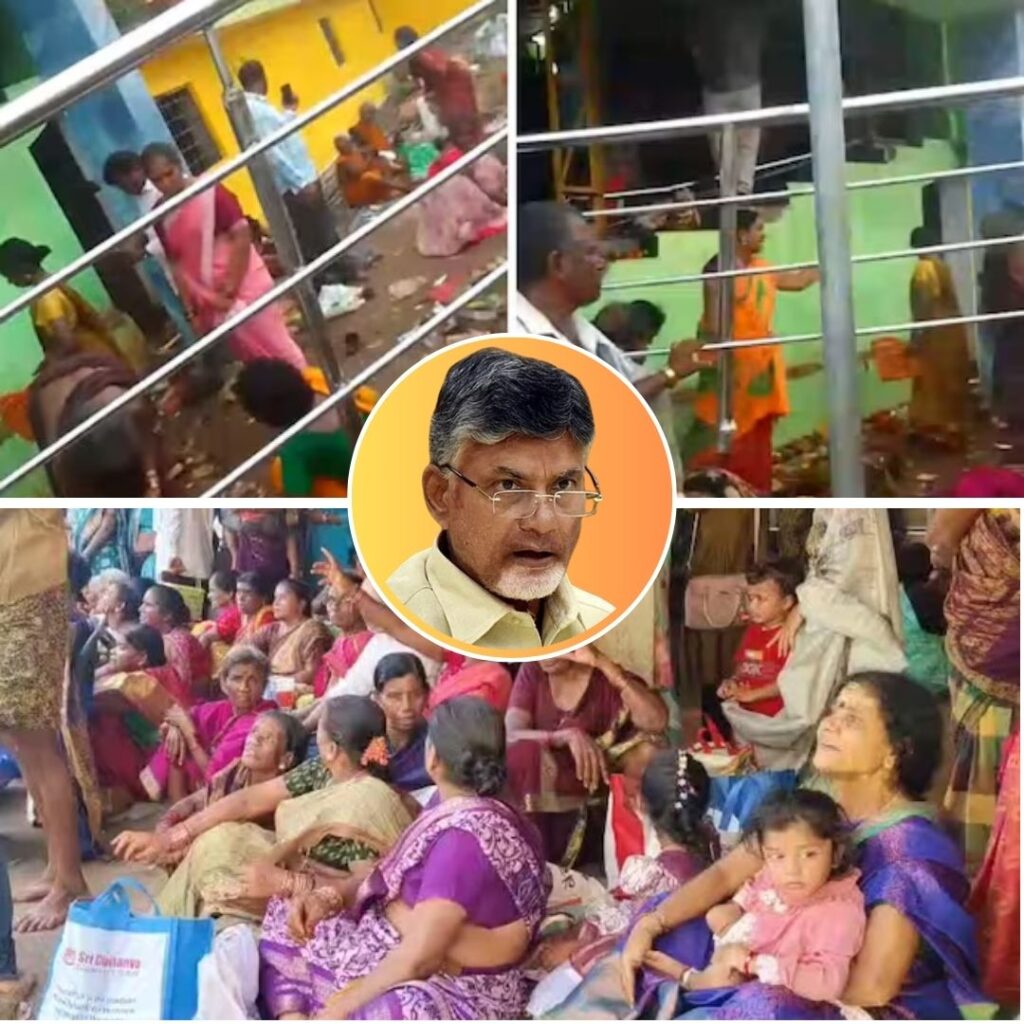“I want to educate people about their origin – the Earth that we belong to,” said Abraham Thomas, with passion in his voice and a clear drive to change the way children are taught in India.
“As a tribute to my grandfather who practised medicine without charging fees from his patients, I wanted to create a space where people can sing and dance, and also learn. It was important that we go back to our roots and educate ourselves amidst nature and traditional values,” he said speaking to The Logical Indian.
With the help of a young architecture graduate, Dheeraj, Abraham initiated his dream project – HutK – a thatched roof home in an amphitheatre. After days of research on local material available in the form of bamboo, stone, clay, lime, sand, suitable mud, hand woven tree fibre ropes and medicinal plants, the project was given the light of day.
Abraham with Dheeraj – the architect who helped shape HutK.
The duo started with procuring drums for water storage and treatment of lime, clay and straw. They built a trench and filled it with water by providing a tarpaulin sheet barrier. The bamboo was treated under water.
They were learning how to build a hut from scratch – the hut that we have lived in for centuries before shifting to our concrete homes. The only difference – their hut would be equipped with modern facilities like internal wiring, and embedded tables and sofas.
Construction of the amphitheatre.
“Schools should bring more ideas on local needs, challenges and successes, to create a spark in children in the pursuit of solutions,” believes Abraham.
He knew that developing such a space is not impossible; one only needs to be dedicated enough.
With the help of Dheeraj, he used 70-year-old salvaged red sanders wooden pillars to support a roof that would be done before the rains. Everyday, the costs kept piling up, but that did not stop them from achieving their end goal.
After a struggle of eight months, they built a hut on the sidelines of a stage where the young and the old can teach, act in plays, recite poems and sing hymns The village Koduru in Andhra Pradesh houses the amphitheatre.
The amphitheatre was built after 8 months of hard work.
There were others too who supported Abraham. A bunch of committed tribal and non-tribal forest produce collectors and their zeal, kept the project alive.
The people of Koduru helped build HutK.
“HutK’s purpose is to bring children out in the open and to make them aware of themselves and to become more adept at speaking in public,” said Abraham.
When asked how he managed to fund a project of this scale, Abraham said that his friends played a crucial role in it. In addition to this, he invested Rs 15 lakh of his family money to give shape to HutK.
“My children have always studied in a Telugu government school and to compensate for the loss in English, I also started a library,” said Abraham.
Abraham with his wife Sheeba and children. Leela Library and Learning Centre
“An alternative learning centre, Leela stands for Library, Education, Environment, Language and Arts. It is an education initiative to contribute quality learning process through impacting the local demography of Koduru, Andhra Pradesh. It strives to enhance the value of education by igniting young minds to think and experience the joy of exploring real-life opportunities. The Centre aims to bring back family involvement in education,” said Abraham.
The Leela Library is built in the same way as the HutK amphitheatre – through traditional know how. Leela Library and Learning Centre.
“The library has been constructed by renovating the first post office in Koduru which was built in 1955. My goal is to bring education to the grassroot level of everything that the children see around them – architecture, plumbing, town planning, problem solving and skill building. This requires a much more deeper understanding than what we are taught in school these days,” said Abraham.
“Government schools have a lot of potential, however, in many areas they lack the infrastructure. I have put my children in a government school, but for them to continue their education in such an institution, I needed to make sure that they have access to all opportunities,” he added.
His drive to compensate for the loss suffered by government school students, benefitted not only his children, but many others.
The project to improve government school infrastructure
Abraham has adopted the school where his children study – the Bayana Palli M.P.P. School. Due to his efforts, it has regular water supply and is run by solar power. The school has a big compound where the students can play and every child has a desk in the classroom.
“I realised that government schools get very meagre financial grants that are inadequate to complete the tasks they are meant for. The Supreme Court had given them a gran…











